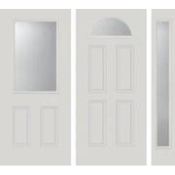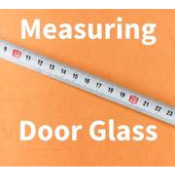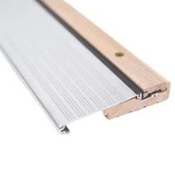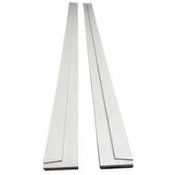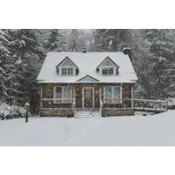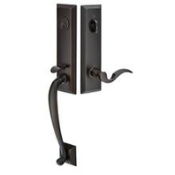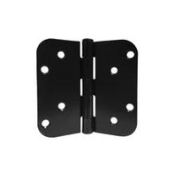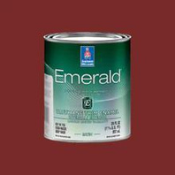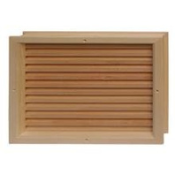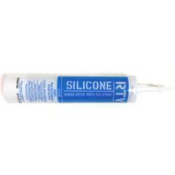
Ensuring the durability of your wood front door with glass installations is crucial for maintaining your home's integrity and energy efficiency throughout the year. Weatherproofing these elements protects your home from extreme weather conditions and extends their lifespan, saving you money in the long run. Whether you're dealing with high humidity, intense heat, or freezing temperatures, this guide will provide the necessary materials, treatments, and installation tips to keep your doors and glass in top condition through all seasons.
Key Takeaways
- Proper weatherproofing of wood front door with glass installations enhances energy efficiency and reduces costs.
- Using high-quality materials and techniques, such as weatherstripping and sealants, ensures long-lasting protection.
- Different types of weather-resistant glass, like tempered, laminated, and Low-E glass, offer varying levels of durability and insulation.
- Seasonal maintenance and inspection are essential for addressing any wear and tear and ensuring ongoing protection.
- Tailoring your weatherproofing strategies to your specific climate conditions can significantly improve the durability of your doors and glass.
Materials and treatments for weatherproofing wood doors
Ensuring the longevity and durability of your wood front door with glass requires the right materials and treatments. Weatherproofing is essential to protect against the elements and maintain energy efficiency. Here are some effective methods to consider:
-
Types of wood treatments
To enhance the durability of your door, consider using various wood treatments. Treated wood front door with glass can withstand harsh weather conditions better than untreated ones. Common treatments include:
- Danish oil: Penetrates deeply into the wood, providing a robust barrier against moisture.
- Polyurethane: Offers a durable, water-resistant finish that protects against wear and tear.
- Varnish: Adds a glossy finish while sealing the wood from external elements.
-
Weatherstripping techniques

Weatherstripping is crucial for creating weather-resistant doors. It helps seal gaps and prevents air and moisture infiltration. Effective weatherstripping techniques include:
- Adhesive-backed foam tape: Easy to apply and provides a good seal for small gaps.
- Door sweeps: Installed at the bottom of the door to block drafts and moisture.
- V-strip (tension seal): Fits along the sides of the door to ensure a tight seal.
-
Applying sealants and varnishes
Applying sealants and varnishes is vital for seasonal door durability. These products create a protective layer that shields the door from moisture and UV rays. Steps to apply sealants and varnishes include:
- Clean the wood front door with a glass surface thoroughly to remove dirt and old finishes.
- Sand the door lightly to ensure the sealant adheres properly.
- Apply the sealant or varnish evenly, following the manufacturer's instructions.
- Allow adequate drying time before exposing the door to the elements.
Types of weather-resistant glass
When it comes to ensuring your home is protected from the elements, choosing the right type of glass is crucial. Durable glass panels are essential for withstanding various weather conditions, from intense heat to severe storms. Here are some of the best options available:
-
Tempered glass
Tempered glass is specifically designed to be stronger than regular glass. It undergoes a special heat treatment process that increases its strength and makes it less likely to break. If it does shatter, it breaks into small, less harmful pieces, reducing the risk of injury.
-
Laminated glass

Laminated glass is an excellent choice for areas prone to severe weather. It consists of two layers of glass with a strong inner layer of polyvinyl butyral (PVB). This construction makes it highly resistant to impact and helps keep the glass intact even when broken. Hurricane-resistant glass often uses this type of construction to withstand high winds and flying debris.
-
Low-E glass
Low-E (low-emissivity) glass is designed to improve energy efficiency by reflecting heat to its source. This type of glass has a special coating that minimizes the amount of infrared and ultraviolet light that passes through, keeping your home cooler in the summer and warmer in the winter. It's a great option for maintaining a comfortable indoor temperature year-round.
Investing in these types of weather-resistant wood front doors with glass can significantly enhance your home's durability and energy efficiency. Whether you're dealing with moisture-resistant window materials or looking for impact-resistant glass, these options provide robust protection against the elements.
Installation tips for extreme climates
When it comes to extreme climate door installations, preparation is key. Whether you're dealing with high humidity, extreme cold, or intense heat, taking the right steps can ensure your doors and windows remain durable and efficient throughout the year. Door experts recommend that you:
- Choose the Right Material: Select materials suited for your specific climate, such as fiberglass or vinyl for high humidity, and insulated steel or wood for extreme cold.
- Proper Sealing: Use high-quality caulk and weatherstripping to seal all edges and joints, preventing moisture infiltration in humid areas and drafts in cold climates.
- Insulation: For cold climates, install doors with built-in insulation to maintain indoor temperatures and improve energy efficiency.
- Ventilation: Ensure proper ventilation to manage indoor humidity levels, reducing the risk of mold and mildew around the door area.
- UV Protection: In areas with intense heat, use UV-resistant finishes and coatings to protect the door material from sun damage and fading.
Year-round maintenance and inspection
Consistent maintenance is essential for effective weatherproofing. Regularly inspect the condition of weatherproofing materials and seals at least once a season. This includes checking for any cracks or gaps around the door and addressing them promptly. Using high-quality door hardware can also enhance the durability and effectiveness of your weatherproofing efforts. By following these home protection tips, you can ensure your front door remains in top condition throughout the year.
Year-round maintenance and inspection of your doors are crucial to ensure their longevity and performance. Regular checks can prevent costly repairs and keep your home secure and energy-efficient. For expert advice and top-quality products, visit Peasedoors today.
Conclusion
Ensuring the durability of your wood front door with glass through effective weatherproofing is essential for maintaining the comfort, safety, and energy efficiency of your home. By selecting the right materials and treatments for wood doors, choosing appropriate weather-resistant glass, and following best practices for installation in extreme climates, you can protect your home from the harshest elements. Regular maintenance and timely updates to your weatherproofing measures will further enhance the longevity and performance of your doors and windows. Investing in quality weatherproofing solutions today will provide peace of mind and long-lasting protection for all seasons.
Frequently Asked Questions
1. What are the best materials for weatherproofing wood doors?
The best materials for weatherproofing wood front door with glass include high-quality sealants, varnishes, and weatherstripping. These materials help to protect the wood from moisture, temperature changes, and other environmental factors.
2. How often should I inspect my weatherproofing materials?
You should inspect your weatherproofing materials at least once a season. Regular inspections help identify and address any cracks, gaps, or wear and tear that may compromise the effectiveness of the weatherproofing.
3. What types of glass are best for weather resistance?
The best types of glass for weather resistance are tempered glass, laminated glass, and Low-E glass. These types of glass offer enhanced durability and insulation against extreme weather conditions.
4. How can I prepare my wood door for high humidity?
To prepare your wood front door with glass for high humidity, apply a high-quality sealant or varnish to protect the wood from absorbing moisture. Additionally, ensure that all edges and joints are properly sealed to prevent water ingress.
5. What should I do if my weatherproofing materials are worn out?
If your weatherproofing materials are worn out, you should promptly repair or replace them. This may involve reapplying sealants, replacing weatherstripping, or installing new door sweeps to maintain effective protection.
6. Why is it important to use high-quality hardware for weatherproofing?
Using high-quality hardware is important because it ensures the durability and effectiveness of your weatherproofing efforts. High-quality door hardware can withstand harsh weather conditions and provide a reliable seal against the elements.


